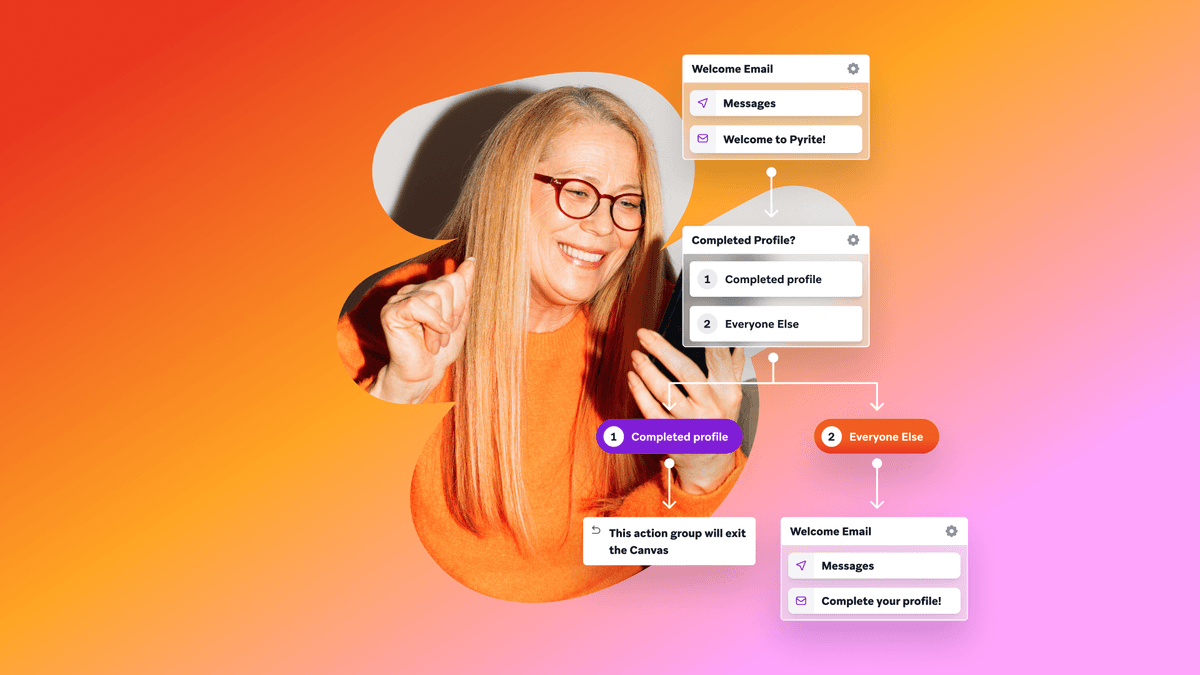Published on December 08, 2015/Last edited on December 08, 2015/6 min read


At its core, customer retention is about finding ways to encourage your customers to use your app consistently by giving them reasons to come back on a regular basis. But concrete steps toward deeper engagement and higher retention can be hard to come by. And with the cost of installs hitting $2.42 each on Android (and rising to $27 or higher for every new loyal customer), acquisition without strong, sustainable retention represents a weak return on a big investment.
Using the digital tools at your disposal to strengthen engagement in sustainable, data-driven ways was a major focus of a presentation that took place during November’s inaugural LTR conference in New York City. The talk, Ascending Scale: The Mobile Growth Stack, featured two presenters from music and audio service SoundCloud—Andy Carvell, senior product manager, growth, and Moritz Daan, product manager international. Here are some of the major takeaways they shared with attendees:
For SoundCloud, customer retention begins as soon as someone new downloads their app. “We focus on onboarding new users effectively,” Carvell said. By showing them how to get value from the app starting with their very first session, SoundCloud leads new customers into “a ‘growth loop’ [designed] to get them into a high engagement state and hopefully keep them there.”

SoundCloud’s Andy Carvell at LTR
For some customers, that’s enough: they’re won over early and go on to deeper and deeper levels of engagement. For other customers, the road to consistent engagement is longer and more complex. Some “users will drop out of that loop and churn,” Carvell explained, which makes it important to find ways of “reactivating those users who have dropped out and giving them reasons to come back [and give] us another try.”
Over time, SoundCloud has used mobile analytics to determine how a customer’s behavior within the app during their first few sessions affects the odds that they grow into a loyal audience member. Soundcloud is “continually segmenting new user cohorts based on whether or not they have or have not done certain actions,” Carvell said, then using that information to inform its “adaptive onboarding flow,” which is powered by in-app messaging. If a customer’s behavior suggests that they aren’t on track to be retained, SoundCloud automatically launches a “targeted … intervention with that user, showing them a message” designed to nudge them toward more consistent engagement.
“We can A/B test, we can multivariate test what is the right way to encourage a certain behavior and then measure the impact of” the message, Carvell told attendees, “and so see if we’re actually driving more of [the right sort of] behavior and … if it has an effect on retention.” SoundCloud has seen massive growth in recent years—with its number of registered users rising from 10 million in 2011 to 150 million today—but it’s this cycle of testing and iteration, in conjunction with the intrinsic appeal of its platform, that has allowed the brand to hold onto the new customers who give the service a try.
SoundCloud’s core focus is supporting their customers’ ability to share music and audio in a seamless, social manner. So when a musician that a customer follows uploads a new track, or someone interacts with content that a customer has uploaded, “then [the customer] might want to hear about it,” Carvell explained, “and [they’re] more likely to come back into the app to have another session and act on that feedback.”
To make that process smoother for customers, SoundCloud has focused on delivering “personalized, relevant, and real-time notifications.” According to Carvell, the brand’s new iOS-focused activity messaging initiative—driven by push notification— has led to increases in listening time, customer retention, and visit frequency among targeted audience members.
But to realize these gains, SoundCloud needed to figure out what actions merited push notifications and how often these messages should be sent, a trial and error process that’s been heavily informed by customer data. “We have to be careful, of course, not to overload users and bombard them too much,” Carvell noted. SoundCloud carefully monitors “negative KPIs like opt-in rates for push notifications and if that starts to drop, we [go] okay, maybe we’re over-spamming users” and reduce message frequency.
“Music is something inherently viral,” Daan told attendees. “People share music … from SoundCloud with their friends on Facebook, or via WhatsApp, and … people who receive that track end up at our mobile property, or on the web.” Whether that someone is a potential new customer or has used SoundCloud in the past, this social sharing gives the brand an opportunity to “convert that transient user into an engaged user.”

SoundCloud’s Moritz Daan at LTR
To that end, SoundCloud uses deep linking to drive returning customers to the relevant song within the app, and to lead new customers to Apple’s App Store or Google Play to download the app (new customers are then automatically directed to the song). By taking people right to the content they want as directly as possible—and encouraging new customers to download the app when appropriate—SoundCloud demonstrates the value that their service can provide and makes it possible for this kind of sharing to drive acquisition and retention.
At SoundCloud, mobile growth and retention strategies have grown out of a sustained focus on experimentation, testing, and analytics. By leaning on testing and data to inform each iteration of their strategy, the brand has been able to keep its customer retention efforts agile and responsive. But effectively collecting, managing, and acting on all that data is difficult without the right tools.
Carvell on how Appboy helps SoundCloud reach its marketing goals
To learn more about SoundCloud’s approach to customer acquisition, retention, and long-term growth, check out Carvell’s recent Medium post on the mobile growth stack.

Sign up for regular updates from Braze.





